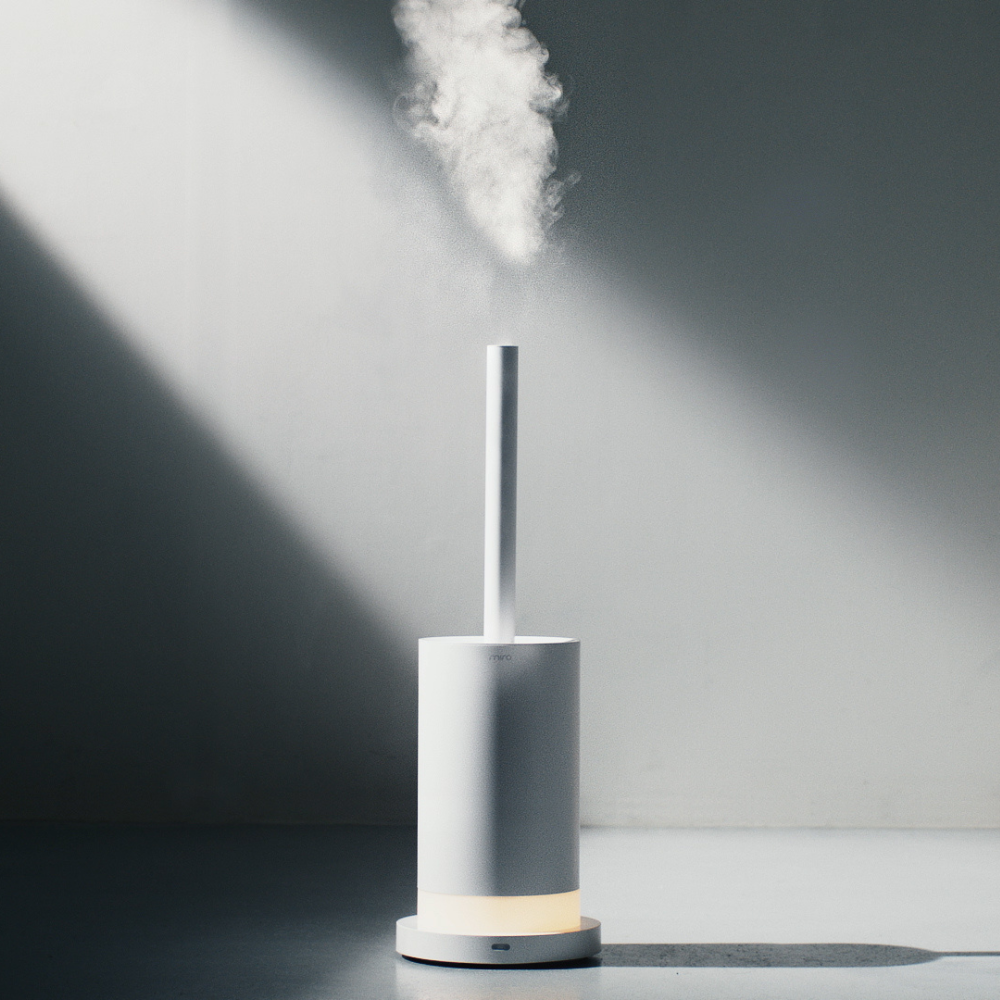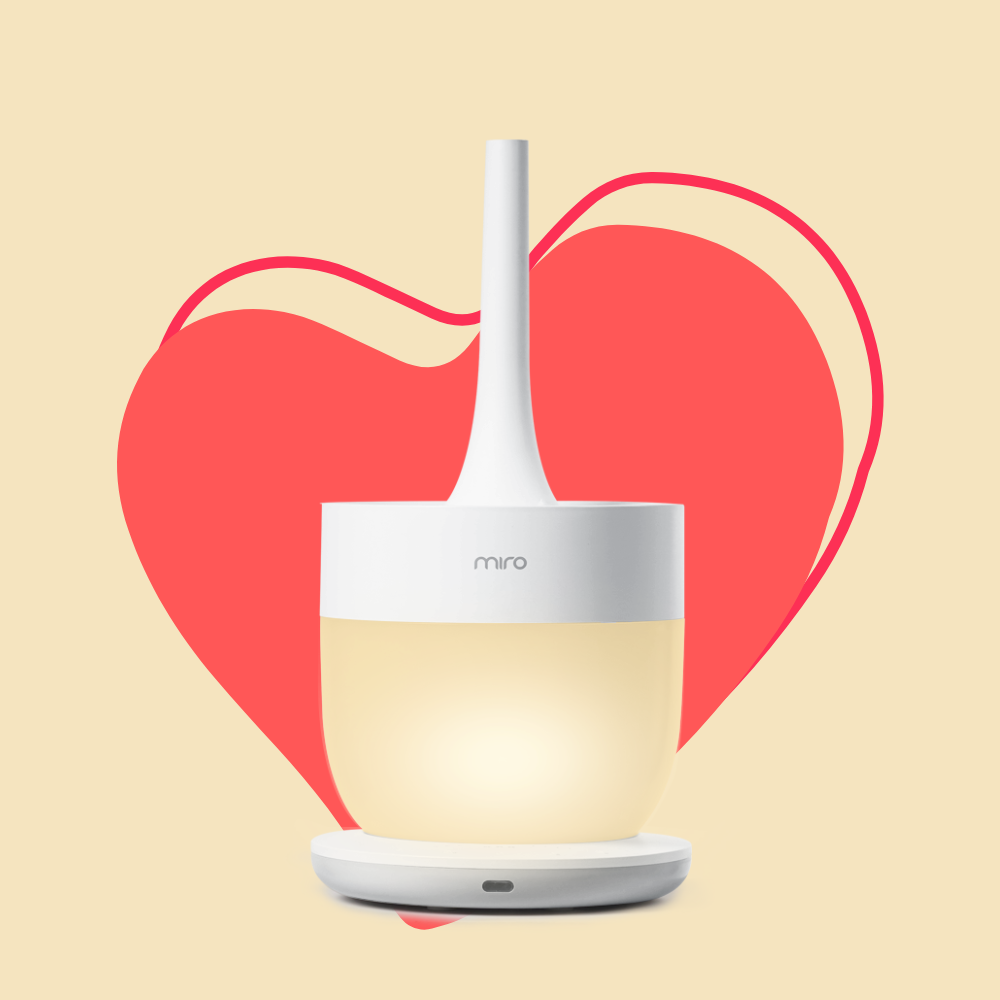
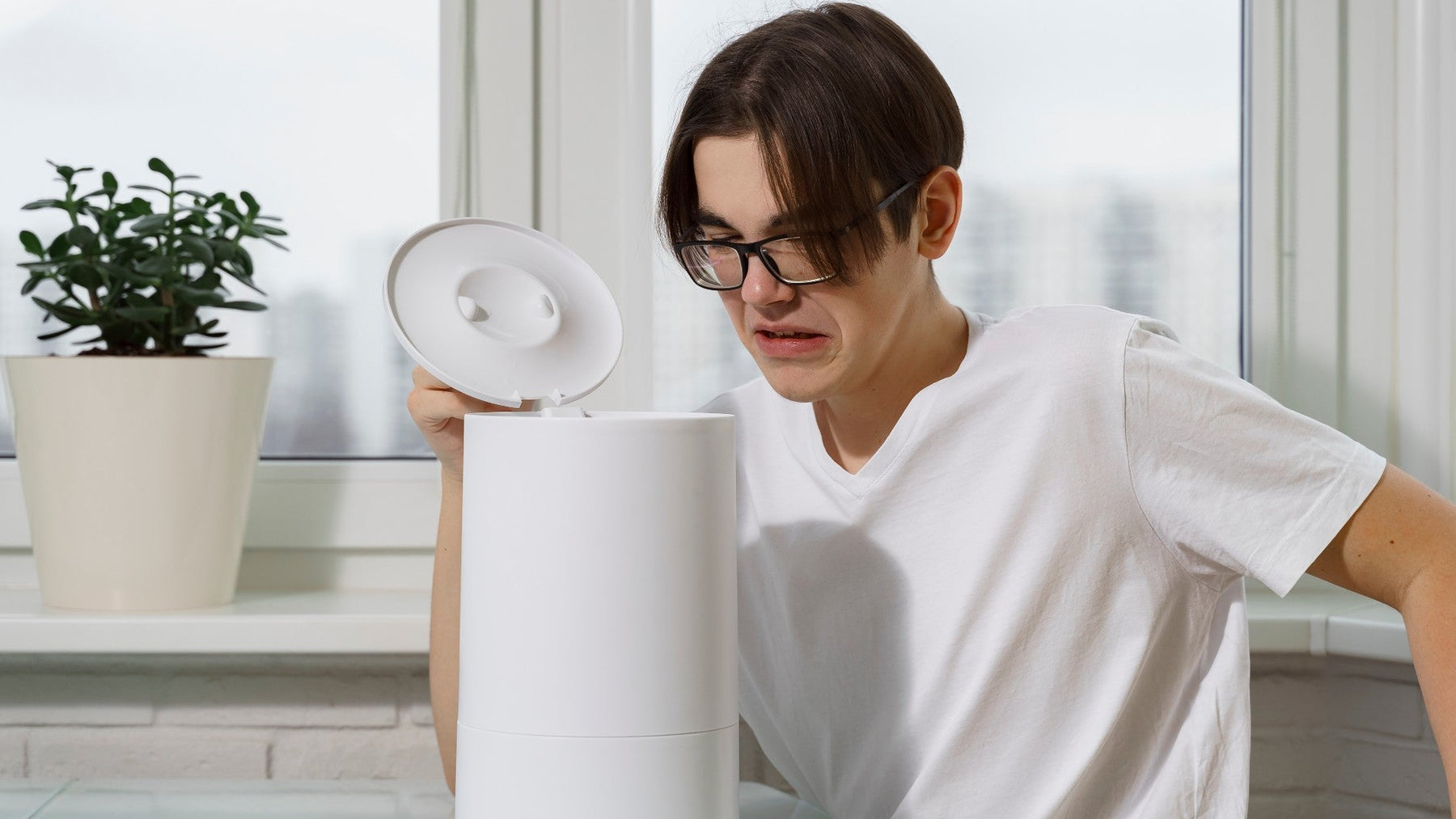
Why Does My Humidifier Water Turn Black? In-Depth Causes, Risks, and Solution
You know how important humidifiers can be, especially during the colder months when dry indoor air causes discomfort.
To keep your humidifier running safely and effectively, you need to take good care of it.
Have you ever noticed black water in your own humidifier's water tank? Let's explore the most common reasons for this problem, the dangers it poses, and how to fix it.
Main Causes of Black Water in Your Humidifier
Black Mold Growth
You may be surprised to learn that the most likely cause of dark water in your humidifier is the presence of black mold, scientifically known as Stachybotrys chartarum.
Mold loves moist environments, and the warm interior of your humidifier's tank is the perfect breeding ground.
High humidity levels in your home can further exacerbate mold growth, resulting in a sludge-like substance on the surface of the water or tiny black spots in the water.
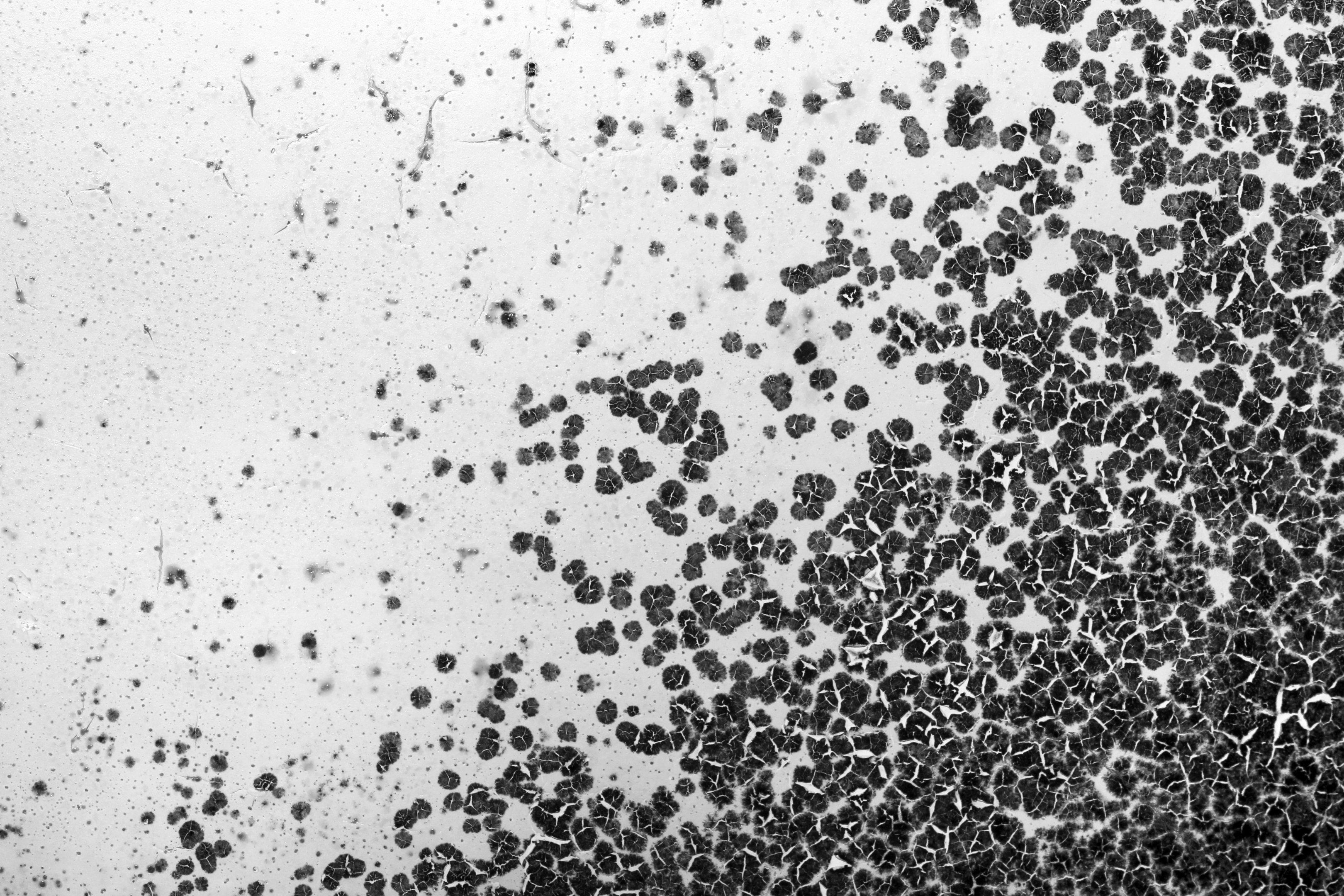
Understanding Black Mold
Black mold is a type of fungus that can produce toxins and irritants with a wide range of effects on the human body.
You might have encountered black mold when dealing with flood damage or burst pipes.
Although black mold is rarely lethal, it can still trigger various health issues.
How Mold Enters Humidifiers
Mold can grow in areas with high moisture levels, such as leaky roofs, poorly sealed windows, or old pipes.
It can also thrive on porous materials like cardboard, drywall, and fabrics.
The warm, moist interior of the humidifier provides an ideal environment for the growth of mold and bacteria.
Other Molds Found in Humidifiers
In addition to black mold spores, other molds can grow in humidifiers, including brown or green specks that may also be spores, posing a threat to air quality.
Pink mold is another type of mold that can appear in a humidifier, all of which can alter the color of the water, turning it into a dark, unpleasant sludge.
Preventing Mold Growth
To prevent mold growth, you should clean your humidifier regularly using antifungal agents like vinegar or hydrogen peroxide.
Additionally, make sure the device's water tank is thoroughly drained and dried before storage, as stagnant water encourages mold proliferation.
Honestly, I'd recommend choosing either the Miro NR MAX or Miro NR08M humidifiers, which are known for their washable design and ease of maintenance.
Mineral Deposits
Mineral deposits from hard water or degrading heating elements can accumulate in your humidifier, creating a gritty, light-brown substance on the device's sides.
Mineral deposits may also appear as visible flakes in the water.
How Mineral Deposits Build Up inside Humidifiers
Minerals primarily originate from hard water, and tap water can contain various dissolved sediments left behind when water turns into steam.
Common minerals in hard water include magnesium and calcium, which can leave residues in different contexts.
Another possibility is that the humidifier's heating elements have begun to degrade.
Preventing Mineral Buildup
To prevent mineral buildup, always use distilled or filtered water in your humidifier.
Hard water from the tap can accumulate mineral particles over time and shorten the lifespan of your device.
You can also consult the manufacturer's manual for guidance on dealing with device shedding.
Impure Tap Water
In some cases, low-quality tap water or contaminated water supply pipes can cause the water in your humidifier to turn black.
This may be due to rust and mold growing in the water supply pipe.
In order to solve this issue, use bottled, distilled, or filtered water instead of tap water.
You might also want to avoid drinking tap water if the quality is suspect.
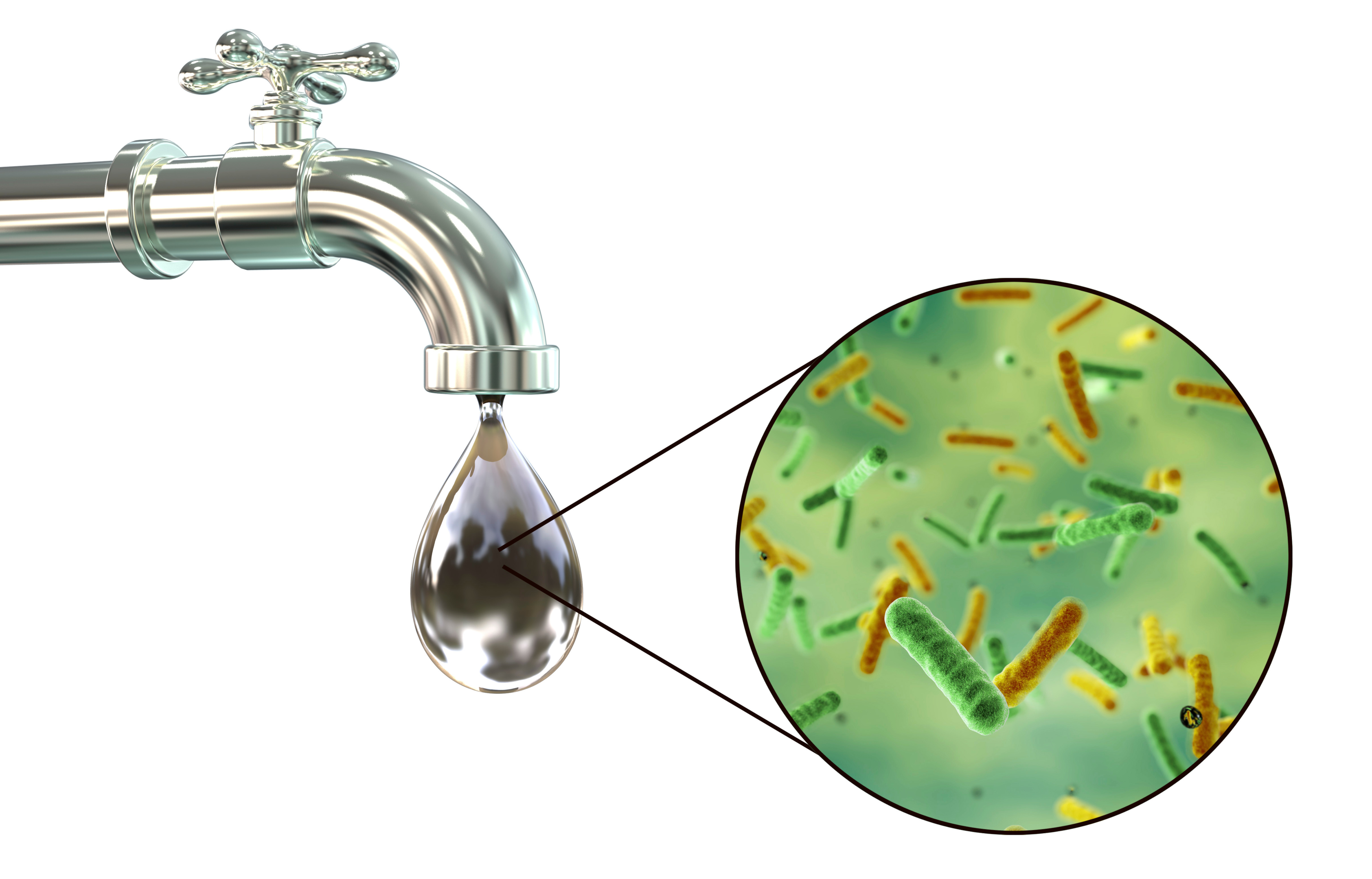
Clogged Filters
Whole-house and console humidifiers often use wicks and filters to remove minerals, debris, and some bacteria.
Over time, these filters can become clogged and eventually break down.
Microorganisms can grow on clogged filters and thrive inside them, causing black spots on the filters and turning the water black.
To handle the clogged filter, dispose of the old filter, clean the humidifier, and install a new replacement filter.
Health Risks of Black Water in Humidifiers
Having dirty humidifiers can pose significant health hazards, especially to children and individuals with compromised immune systems. The delicate tissues of the lungs are sensitive to foreign irritants, and airborne germs can cause illness when inhaled.
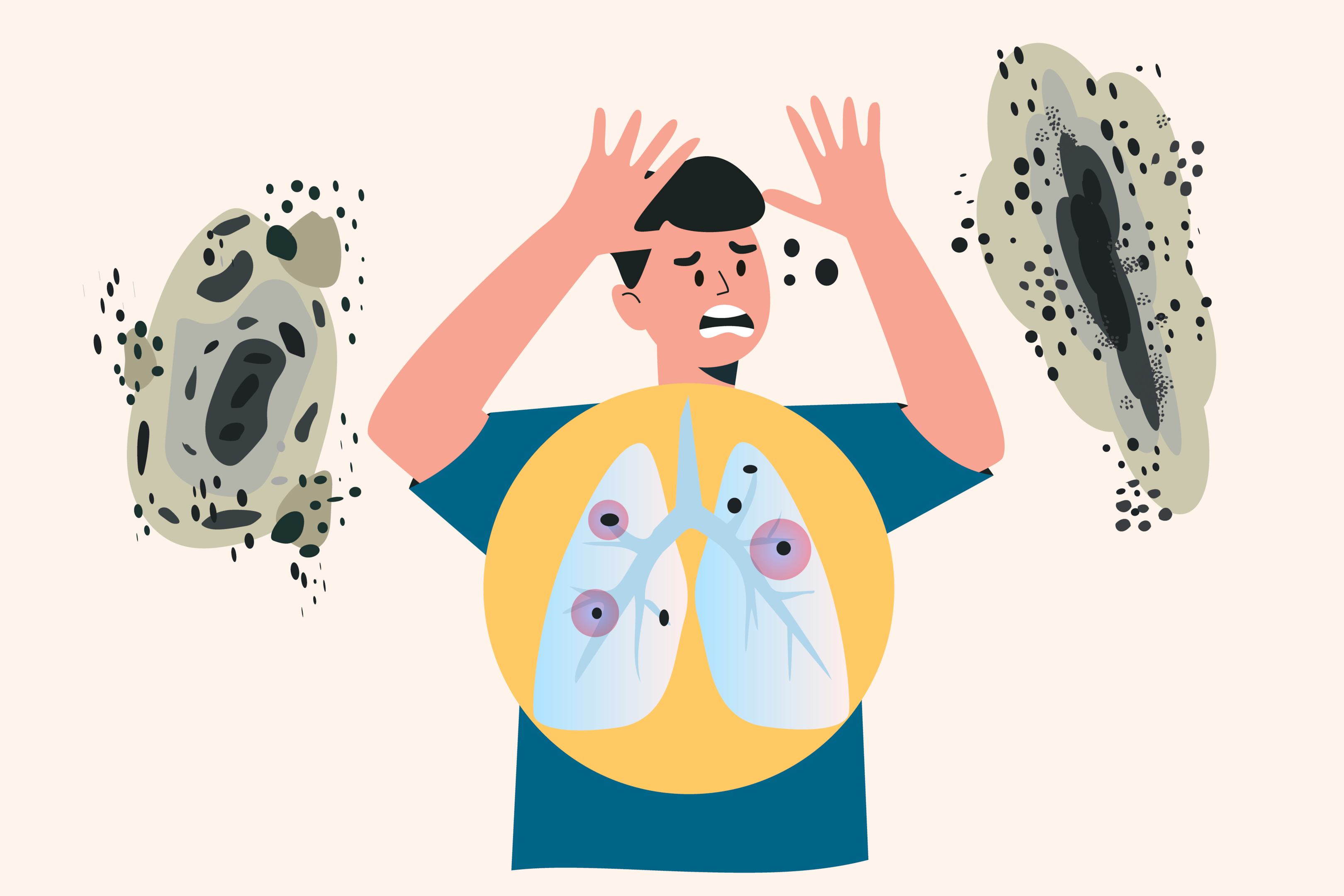
Airborne Dangers
Some germs pose a minor threat to humans as they struggle to bypass our natural defenses, like our skin.
However, when these germs grow in a warm, moist humidifier reservoir and become aerosolized, they can directly enter the lungs when inhaled, increasing the potential for disease.
Potential Health Hazards of Black Mold
Inhaling black mold can trigger a variety of illnesses and conditions, such as lung damage, eye damage, bone marrow disease, and skin conditions.
Some signs of a black mold infection include throwing up and bleeding from the mouth.
Risks for Immunocompromised Individuals
Immunocompromised individuals, like organ transplant recipients and sick children, are particularly vulnerable to illnesses caused by improper humidifier maintenance.
Black water in a dirty humidifier well can pose even greater dangers to those already at risk for severe illness.
How to Prevent Humidifier Water from Turning Black?
Regular maintenance is essential for keeping the water in your humidifier clear and free of contaminants. Clean your humidifier more often to prevent the water from turning black and posing health risks.
How to Clean Your Humidifier?
-
Unplug the device before performing maintenance.
-
Empty the reservoir thoroughly and dry it with a microfiber cloth or paper towel.
-
Mix an antifungal chemical (e.g., hydrogen peroxide or white vinegar) with water at a 1:10 ratio and pour it into the humidifier. Let it sit for 30 minutes.
-
Drain the humidifier again and scrub the interior with a toothbrush or another scrubber that can be disinfected afterward.
-
Rinse all parts of the humidifier. Clean components that may be unsafe to put under running water with a multi-purpose disinfectant.
-
Reassemble the humidifier and store it dry if it is not in use immediately.
Whenever you use it, make sure to fill the tank with distilled water instead of tap water to avoid the issue of black humidifier water.
Specialized Humidifiers: Do They Help?
Various humidifiers on the market advertise themselves as "germ-free" or "anti-microbial," but there is little scientific evidence to support these claims.
Regular maintenance and thorough cleaning are crucial for any humidifier, as they directly impact the air quality and the users' health.
Conclusion
Mold and mineral buildup are the main causes of black water in humidifiers.
By regularly cleaning your humidifier, using antifungal cleaners like white vinegar, and opting for distilled water, you can ensure the safety of those around you and extend the life of your humidifier.
Regular maintenance is the key to preventing problems and maintaining a healthy environment in your home.
And for a cleaner, healthier home environment, don't forget to invest in a Miro NR MAX or Miro NR08M humidifier today.

